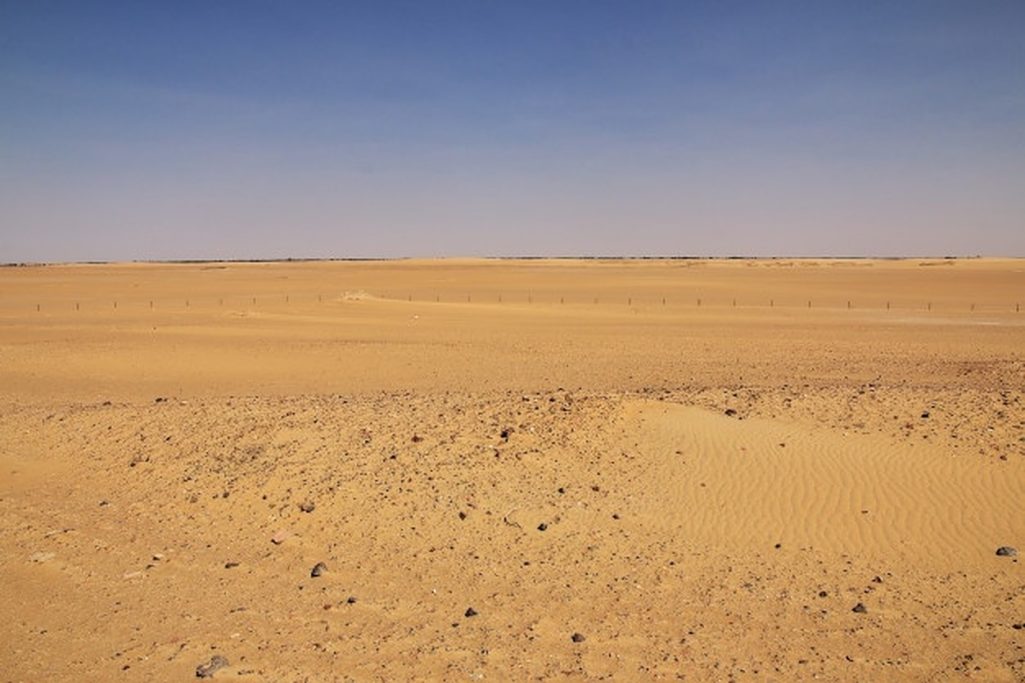Can African Overcome Desertification Using This Creative Agricultural Practice?


Many people still doubt the credibility of climate change but the effects are here with us. It is affecting everything that happens in the world. It is leading to the loss of arable lands across Africa leading to increasing food insecurity. Some communities are trying to turn the tides using the innovative agroforestry farming technique.
Effect of Climate Change
As a result of climate change, polar regions become hotter than normal and the permafrost melts. In the tropics, the available water dries up and the trees which could have used carbon dioxide in food production die out of dehydration.
Just like a chain reaction, the mass death of trees promotes desertification. This in turn encourages erosion, decrease in food production, and ultimately extinction of wild animals. Desertification also limits the available earth landmass for housing. This has claimed more than 3000 miles in the Sahel region of Africa. So what can be done?
Combating the menace
Every problem has a solution and climate change is not an exception. There is an intentional and intense implementation of policies such as the reduction of the burning of fossil fuels to combat the problem. Production of solar-powered machinery in developed countries is highly encouraged too. There is also a collaboration of nations to finance the poverty reduction program in developing countries.
This is because most people in developing countries still rely on the burning of fossil fuels for energy. The reason for this is due to the high cost of renewable energy sources. Unfortunately, the recent concluded climate conference at Glasgow did not suggest a sense of urgency to the rising global temperature. Therefore, there is a need for farmers to educate themselves on the best practices.

Can Agroforestry Help to Turn the Tide?
Agroforestry is the growing of both food crops, animals, and trees in the same place and at the same time. The aim is to harvest only food crops, leaving trees behind, so that they can constantly use greenhouse gases. These trees eventually grow to reduce the evaporation of groundwater. They will also shed their leaves to form manure for new crops.
A farmer can practice agroforestry in three different ways. The first one is agrisilviculture, the planting of both crops and woody trees. The second method is silvopastoral. In this method, a farmer replaces crops with animals. He or she moves his animals from one forest to another. These animals feed on the grasses under the planted trees. In most cases, trees are spaced to encourage movement.
Agrosilvopastoral method is the third form of agroforestry. It is the combination of trees, crops, and animals with the sole aim of stabilizing the ecosystem. In addition to that, feeding animals with seaweeds reduce methane production by 80 percent. This aspect of agroforestry is important to the ecosystem. This is because livestock production is the second highest producer of methane. Nevertheless, there is a need to rear livestock. When livestock production is practiced in the forest, tree roots utilize the waste as manure.
Limitations of agroforestry in most African countries
Due to limited land, few farmers practice agroforestry. The vast majority will prefer to clear out their farms before cultivation. Nevertheless, this practice is becoming popular in many African countries including Malawi, Kenya, Zimbabwe, Senegal, Ethiopia, and Uganda. Also, land ownership systems in some African countries can make it difficult to successfully practice agroforestry.
There is an ongoing great green wall project going in Senegal. It is an intentional planting of trees to fight desertification. Presently, 12 million trees have been planted and that is only 15 percent of the target. Massive sensitization is needed to help farmers see the benefits of agroforestry.

One of the most obvious benefits of agroforestry is that it encourages afforestation. The trees also provide cover that prevents the excessive loss of moisture from the soil. Even after harvest, the trees continue to protect the soil from erosion and leaching.
Agroforestry gives both wood and food while at the same time protecting the ecosystems. While agroforestry alone will not eradicate climate change, it can be a useful tool in combination with other strategies to fast-track the actualization of the goal.






Responses